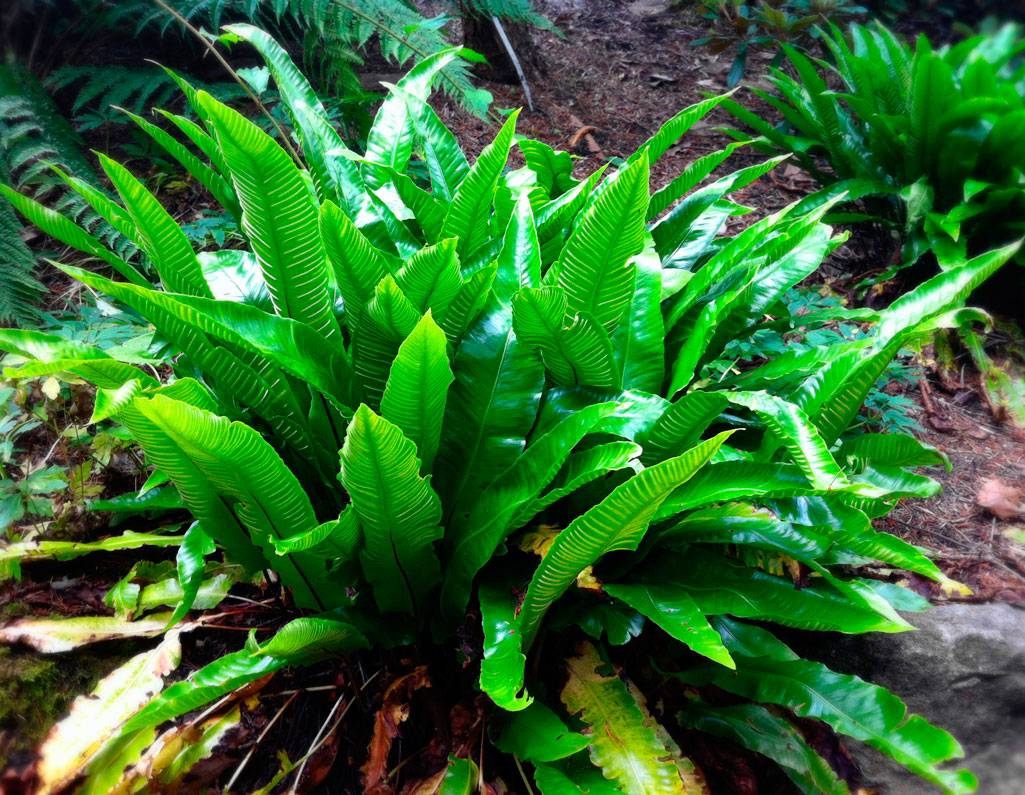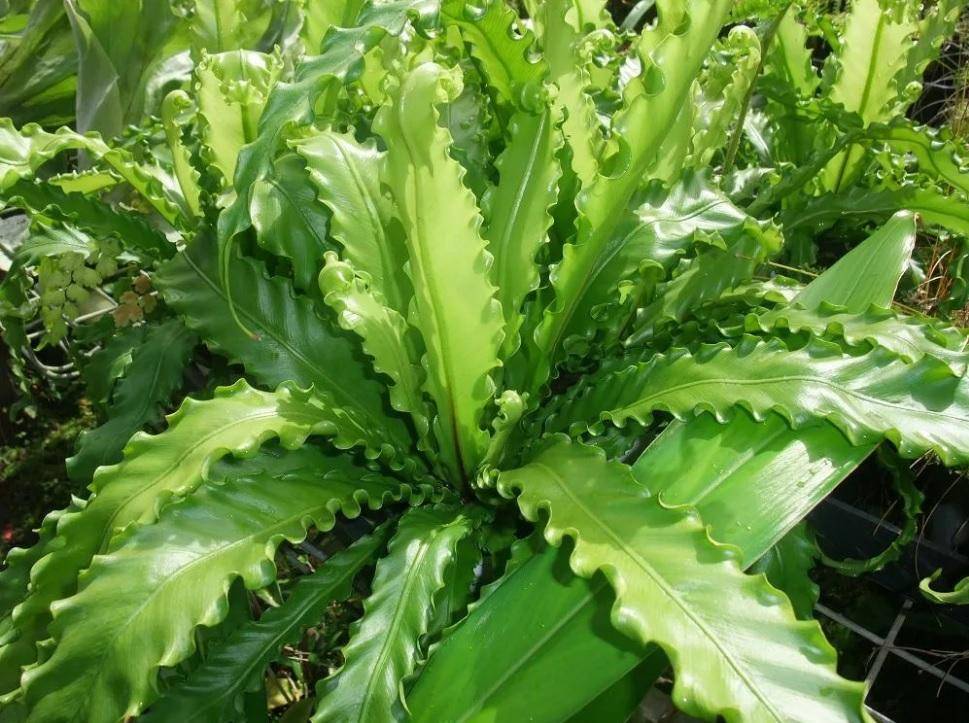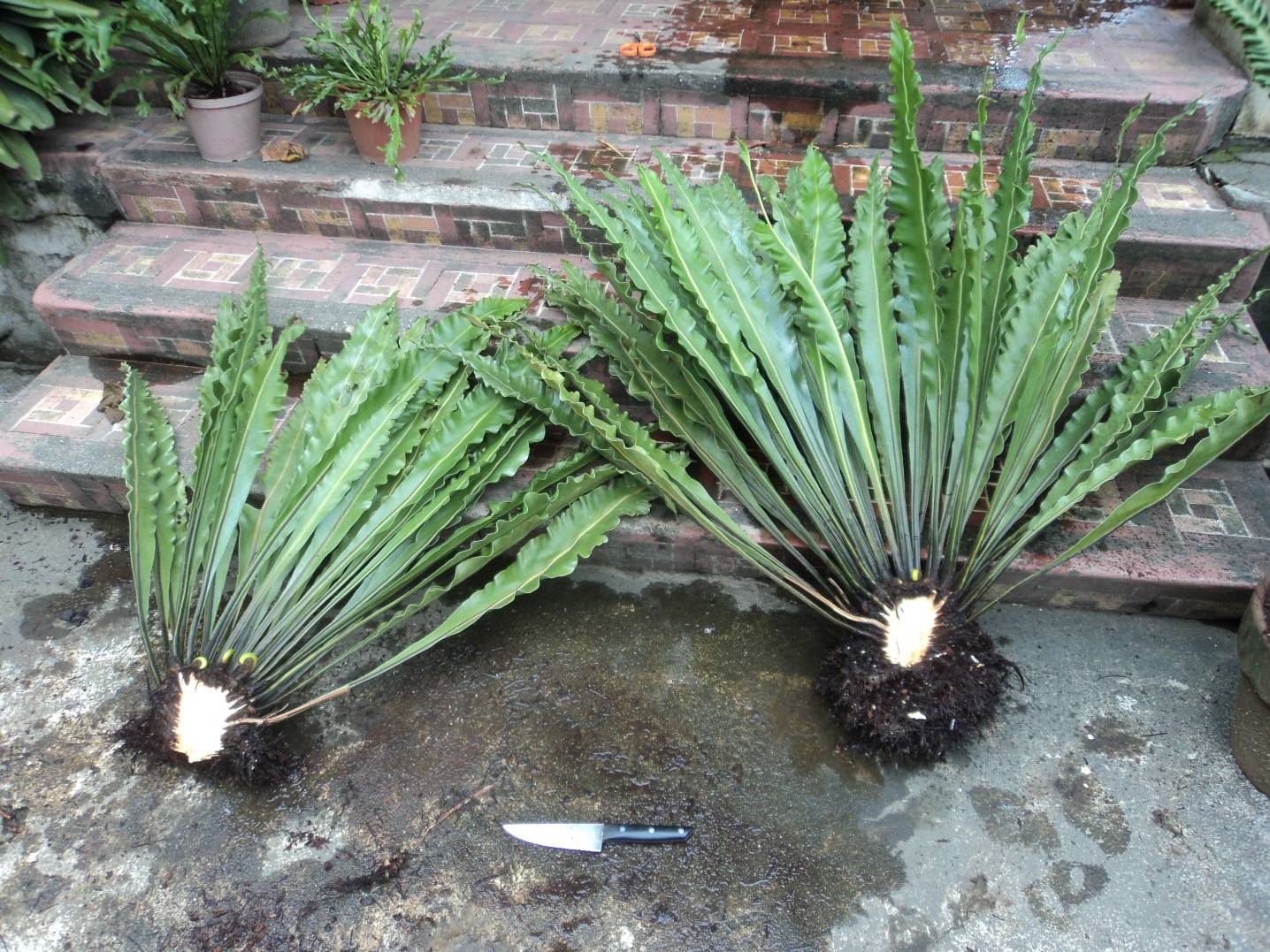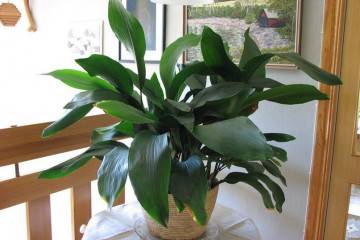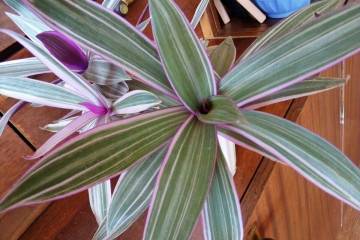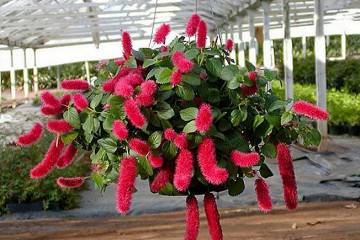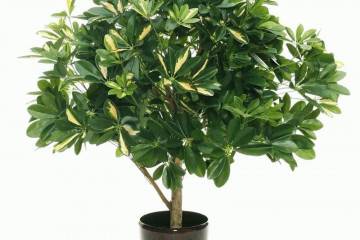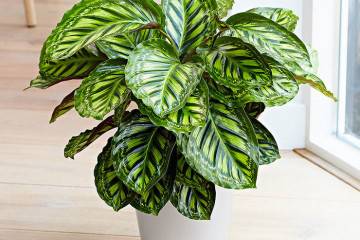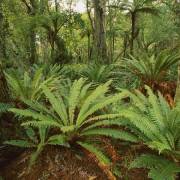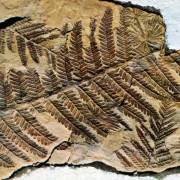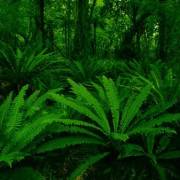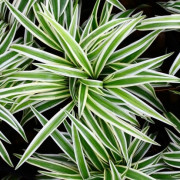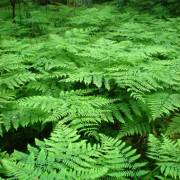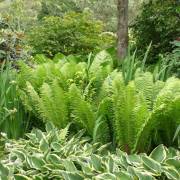Asplenium flower - home care
Content:
Fern is the oldest plant, which is considered by many to be an unusual representative of the flora. In ancient times, it was believed that he possesses mysterious powers. Nowadays, many gardeners prefer to grow it in the garden or at home. The indoor version has an excellent decorative look and goes well with other plants. It is a rather unpretentious plant, so it will not be difficult to grow it even for novice growers.
What does the asplenium fern look like: a description of the flower
Asplenium is a herbaceous perennial, which belongs to the Kostensov family, in the common people it is called Kostenets. It is a dwarf bush with leaves spreading in different directions. A home-grown plant thrives outdoors in hot climates. Indoor fern rarely reaches 50 cm in height.
The root system of the bush develops in the upper layer of the soil, thanks to which it receives all the necessary nutrients. Large leaves form one lush rosette. They are elongated or feathery and smooth to the touch. In the lower part of the leaf blade, sporangia are located, thanks to which asplenium can multiply.
Among the many different varieties of plants, gardeners distinguish the most popular ones for themselves:
Asplenium viviparous, or bulbiferous
In this species, bulbs grow at the ends of the leaves, which, when they grow, fall off and give roots. The plant grows well in moist soil. It can reach up to 1 m.
Asplenium Nidus
Asplenium Nidus is not important for home care, since it is a rather unpretentious plant. A bush of compact size grows 50-centimeter leaves.
Asplenium centipede
The leaf plates have a light green color, germinating vertically, they eventually acquire an arched shape. The plant is quite sensitive and does not tolerate unnecessary touches to it.
Asplenium osaka
Asplenium Osaka, aka Asplenium Anticum, is a very rare species that is found only in true fern lovers. A voluminous bush can reach a height of 1 m. The leaves have a shiny surface and a bright green color. It will take a lot of money to buy this sort.
In addition to these varieties, Asplenium Dimorphum (two-shaped) and Asplenium Parvati (Parvati) are often grown at home. Asplenium has many different varieties, but for growing on their plots and at home, florists use the most common and easy to care for.
Asplenium: home care
Before planting a shrub, you must familiarize yourself with how to maintain the plant. The asplenium flower is quite unpretentious, but you still need to know how to properly care for it.
Temperature
To grow a bush at home, you must always maintain a certain temperature. The most comfortable conditions will be 27 ° C. For frost-resistant varieties, 15 ° C is sufficient. In this case, the plant should be protected from drafts.
Lighting
It is very important for the Asplenium to get enough diffused sunlight. Since direct sunlight can cause burns, the fern should be placed in a shaded area.
Watering and humidity
In summer, when the weather is hot, the fern needs to be watered several times a week so that the soil remains moist at all times. With the onset of cold weather, the frequency of procedures is reduced to once a week.
The indoor plant, like its wild relative, loves high air humidity. Therefore, in winter it should not be placed next to heating devices. If the air is too dry, the leaves of the asplenium may fall off.
Soil and dressing
What ready-made mixture to plant asplenium in? In order for a plant to grow actively, it needs a properly selected substrate. In order for the root system to provide air flow, the soil must be light and nutritious. You can make it yourself by mixing three portions of leafy earth and one each of peat, sand and humus.
Asplenium is fed from mid-spring to early autumn. This is done once a month with special fertilizers for decorative deciduous plants.
Features of winter care during the rest period
With the onset of the first cold weather and before the beginning of spring, the fern begins a period of rest. At this time, it is moved to a cooler place, the number of watering and dressing is reduced. The temperature in the room where the bush hibernates should be in the range of 15-20 ° C.
Pruning
In addition to the decorative formation of the bush, it is necessary to cut off too large leaves from the plant, as they interfere with the development of younger ones. This procedure must be carried out every few years with a sharp knife or garden pruner. Also, in spring and autumn, you can remove dried parts of the shrub.
Reproduction
You can breed a fern, depending on the type, with bulbs, dividing the rhizome or spores.
For viviparous varieties, the first method is used. The bulbs are either immediately planted in a separate pot, or are already grown up from the parent bush.
The most common breeding option is rhizome division. The procedure is carried out in early spring. For this, a large and strong bush is selected, in which the rhizome is cut in half and the resulting parts are seated in separate containers.
Transfer
Asplenium can go without transplants for a very long time. It is enough to move it to a new pot once every few years. For a young plant, this procedure is performed immediately after purchase, since most often it is not known in which ready-made mixture the asplenium is planted in the store.
Diseases and pests
The main pests for ferns are:
- aphid;
- whitefly;
- thrips;
- spider mite;
- mealybug.
If insects are found in time, then getting rid of them will not be difficult. For this, the plant is washed with soapy water and sprayed with insecticides.
All diseases of asplenium are associated with improper care of it. So, with frequent watering, gray rot and bacteriosis of the leaves may appear.If the sheet plates begin to dry and curl, then the temperature in the room is not high enough.
Also, the plant can be affected by filostikt or tafin. Timely fungicide treatment will help save the fern from them.
Despite the difficulties in growing asplenium, with proper care, you can get a beautiful exotic plant at home that will delight the eye with its appearance. The main thing is to follow the rules of care described above.


